42 textblock vs label wpf
TextBlock Class (System.Windows.Controls) | Microsoft Learn TextBlock is not optimized for scenarios that need to display more than a few lines of content; for such scenarios, a FlowDocument coupled with an appropriate viewing control is a better choice than TextBlock, in terms of performance. WPF TextBox and TextBlock - BeginCodingNow.com The Label is similar to the TextBlock in that you can use it to put read-only text on the screen. Generally, a Label is for short, one-line texts (but may include an image), while the TextBlock works well for multi-line strings, but can only contain text (strings). Post navigation ← C# Convert String to Number Control Excel From C# →
Let's talk performance: a WPF cheat sheet - RomSoft TextBlock is derived from FrameworkElements, and on the other hand Label derivers from ContentControl, so it basically means that Label is heavier than TextBlock. Why (the talk about) performance is important First, I should specify that performance is measured in application loading time.
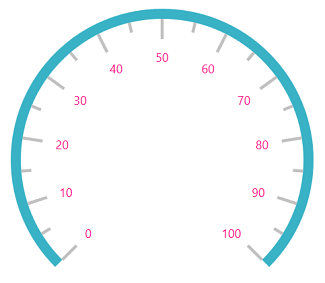
Textblock vs label wpf
What is the difference between textblock and label in WPF? In this WPF application, we take one textbox (for input value) and one label (for output value). TextBlock is used for multiline text but label is used for single line text. Label is directly inherit from ContentControl whereas TextBlock control inherits from FrameworkElement. The TextBlock control - The complete WPF tutorial A common understanding is that a Label is for short, one-line texts (but may include e.g. an image), while the TextBlock works very well for multiline strings as well, but can only contain text (strings). Both the Label and the TextBlock offers their own unique advantages, so what you should use very much depends on the situation. Differences between Label and TextBlock | Josh Smith on WPF TextBlock is not a control Even though TextBlock lives in the System.Windows.Controls namespace, it is not a control. It derives directly from FrameworkElement. Label, on the other hand, derives from ContentControl. This means that Label can: Be given a custom control template (via the Template property).
Textblock vs label wpf. What is the difference between the WPF TextBlock element and Label ... The WPF Textblock inherits from FrameworkElement instead of deriving from System.Windows.Control like the Label Control. This means that the Textblock is much more lightweight. The downside of using a textblock is no support for Access/Accerelator Keys and there is no link to other controls as target. The Label control - The complete WPF tutorial Well, there are a few important differences between the Label and the TextBlock. The TextBlock only allows you to render a text string, while the Label also allows you to: Specify a border Render other controls, e.g. an image Use templated content through the ContentTemplate property Use access keys to give focus to related controls Label - WPF .NET Framework | Microsoft Learn Historically, a Label has contained only text, but because the Label that ships with Windows Presentation Foundation (WPF) is a ContentControl, it can contain either text or a UIElement. A Label provides both functional and visual support for access keys. It is frequently used to enable quick keyboard access to controls such as a TextBox. TextBlock Overview - WPF .NET Framework | Microsoft Learn The TextBlock control provides flexible text support for UI scenarios that do not require more than one paragraph of text. It supports a number of properties that enable precise control of presentation, such as FontFamily, FontSize, FontWeight, TextEffects, and TextWrapping. Text content can be added using the Text property.
TextBlock versus Label - social.msdn.microsoft.com TextBlock is not a control: Label derives from ContentControl. TextBlock is not a control even though it lives in the System.Windows.Controls namespace. It derives directly from FrameworkElement. 2. Label text is grayed out when disabled 3. Label supports access keys. winforms - Text Box vs Labels - Stack Overflow Textbox infers that the value is edittable. Labels infer display-only form. It s a bit more work. IMHO, you want your application to match other windows based applications to make your app feel as professional as it can be. I'd follow the view/edit form display model. Share Follow answered Jan 28, 2009 at 20:44 Bill Martin c# - Run vs. Content vs. Text in WPF - Stack Overflow TextBlock is intended for simple bits of formatted text. If you want even more powerful document style features, you can look into FlowDocument, which is used by controls such as RichTextBox, FlowDocumentScrollViewer and FlowDocumentReader. Label vs TextBlock: A Beginner's Guide to WPF Text Controls In this video you will learn the differences between Label vs TextBlock in WPF with example@learnwithkharsh #wpfworld #WpfwithMetroUI #csharp #tutorial #codi...
c# - How can I wrap text in a label using WPF? - Stack Overflow Often you cannot replace a Label with a TextBlock as you want to the use the Target property (which sets focus to the targeted control when using the keyboard e.g. ALT+C in the sample code below), as that's all a Label really offers over a TextBlock. WPF: Textblock Vs Label - C# Corner In WPF both textblock and level are used to show a small amount of text means visually both snippets produce the same UI. But there is big difference between the two: TEXTBLOCK: TextBlock lives in the System.Windows.Controls namespace, it is not a control. It derives directly from FrameworkElement. Optimizing Performance: Text - WPF .NET Framework FlowDocument, TextBlock, and Label Controls Hyperlink Text Formatting Features See also WPF includes support for the presentation of text content through the use of feature-rich user interface (UI) controls. In general you can divide text rendering in three layers: Using the Glyphs and GlyphRun objects directly. Using the FormattedText object. The TextBlock control - Inline formatting - WPF tutorial Luckily the TextBlock control supports inline elements. These small control-like constructs all inherit from the Inline class, which means that they can be rendered inline, as a part of a larger text. As of writing, the supported elements include AnchoredBlock, Bold, Hyperlink, InlineUIContainer, Italic, LineBreak, Run, Span, and Underline.
Differences between Label and TextBlock | Josh Smith on WPF TextBlock is not a control Even though TextBlock lives in the System.Windows.Controls namespace, it is not a control. It derives directly from FrameworkElement. Label, on the other hand, derives from ContentControl. This means that Label can: Be given a custom control template (via the Template property).
The TextBlock control - The complete WPF tutorial A common understanding is that a Label is for short, one-line texts (but may include e.g. an image), while the TextBlock works very well for multiline strings as well, but can only contain text (strings). Both the Label and the TextBlock offers their own unique advantages, so what you should use very much depends on the situation.
What is the difference between textblock and label in WPF? In this WPF application, we take one textbox (for input value) and one label (for output value). TextBlock is used for multiline text but label is used for single line text. Label is directly inherit from ContentControl whereas TextBlock control inherits from FrameworkElement.
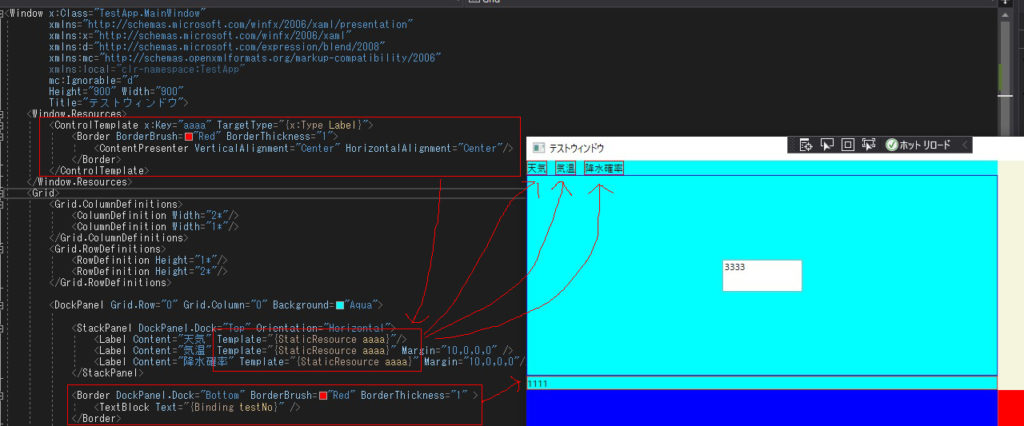



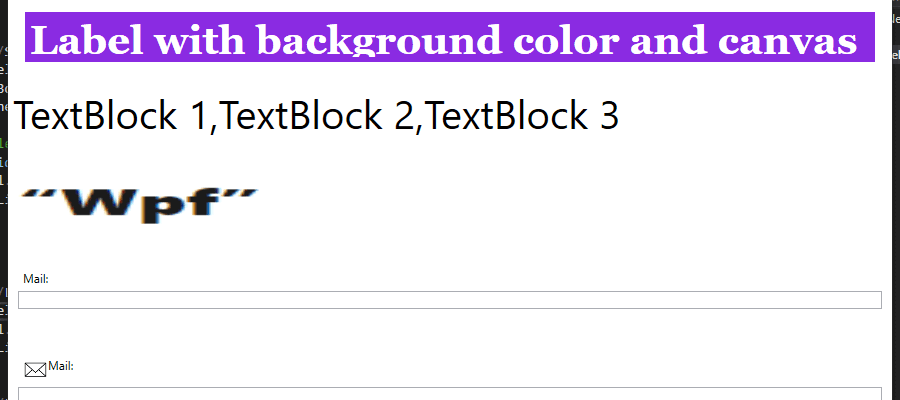

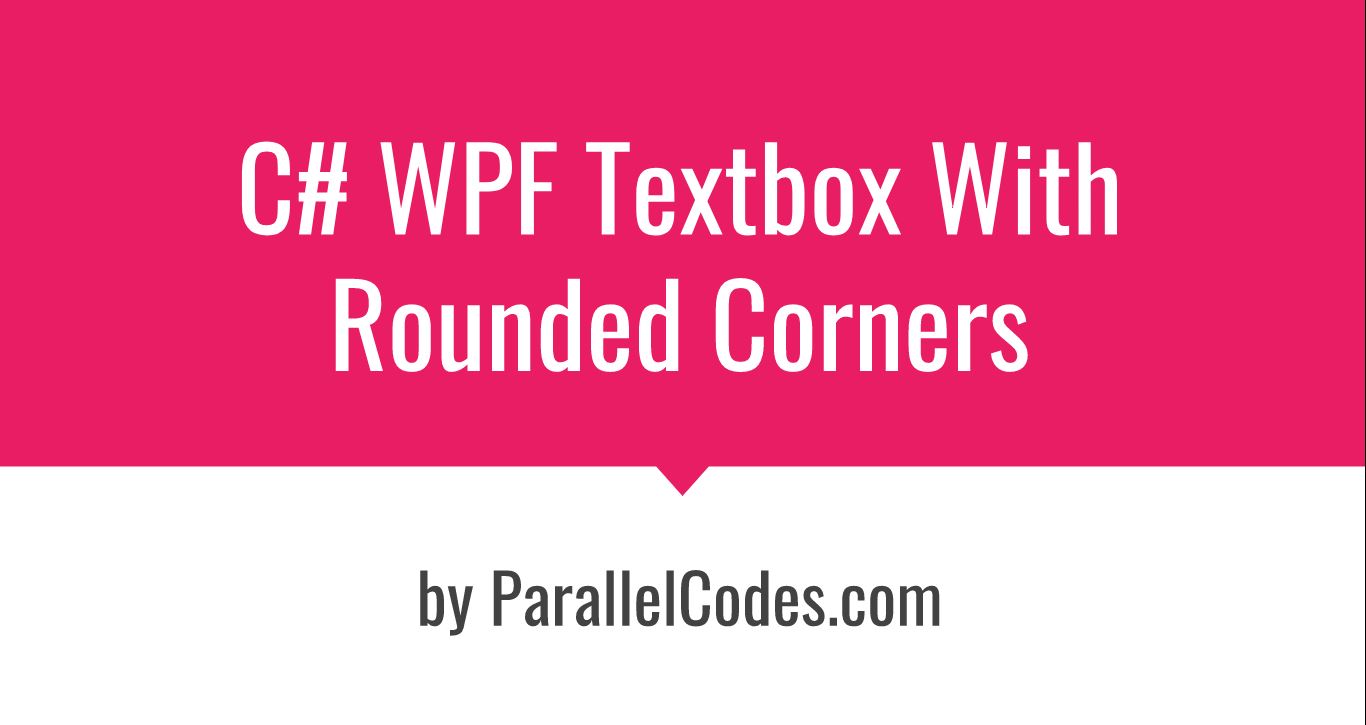

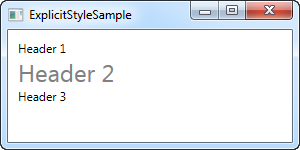
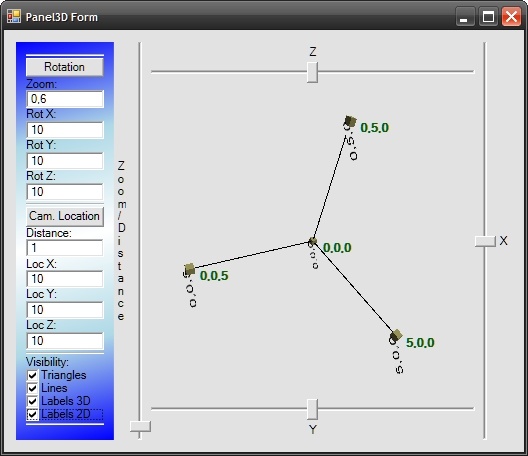


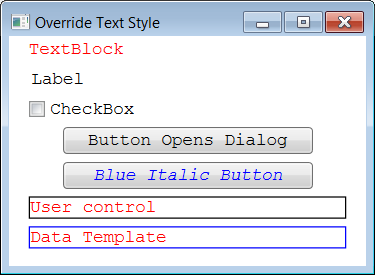
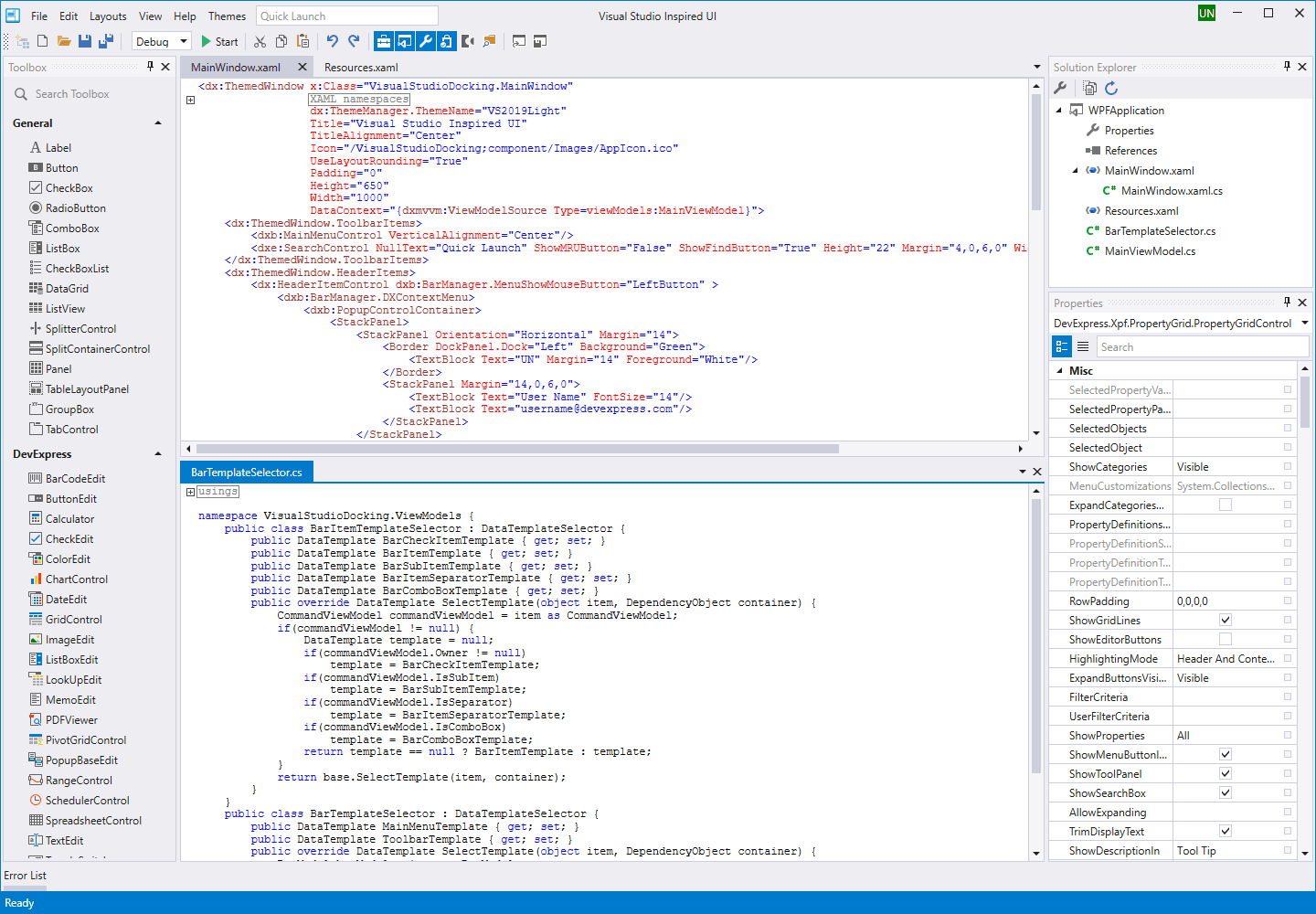



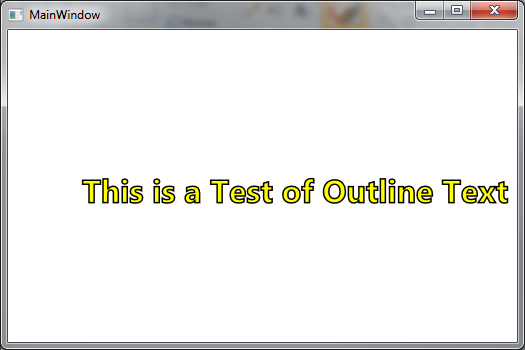
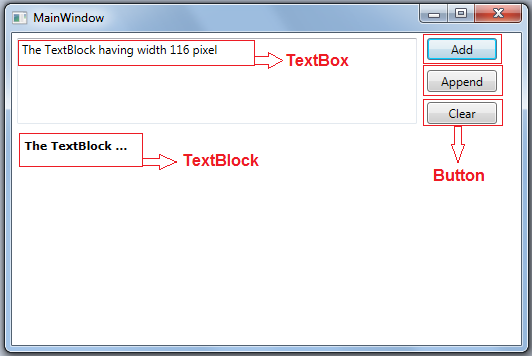

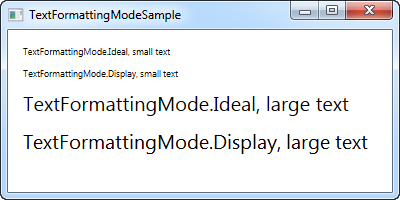

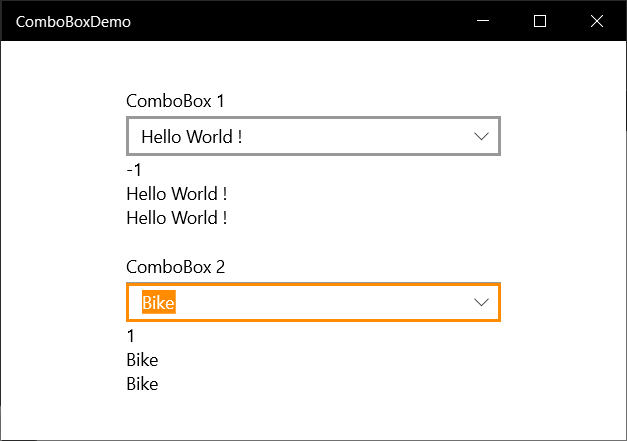

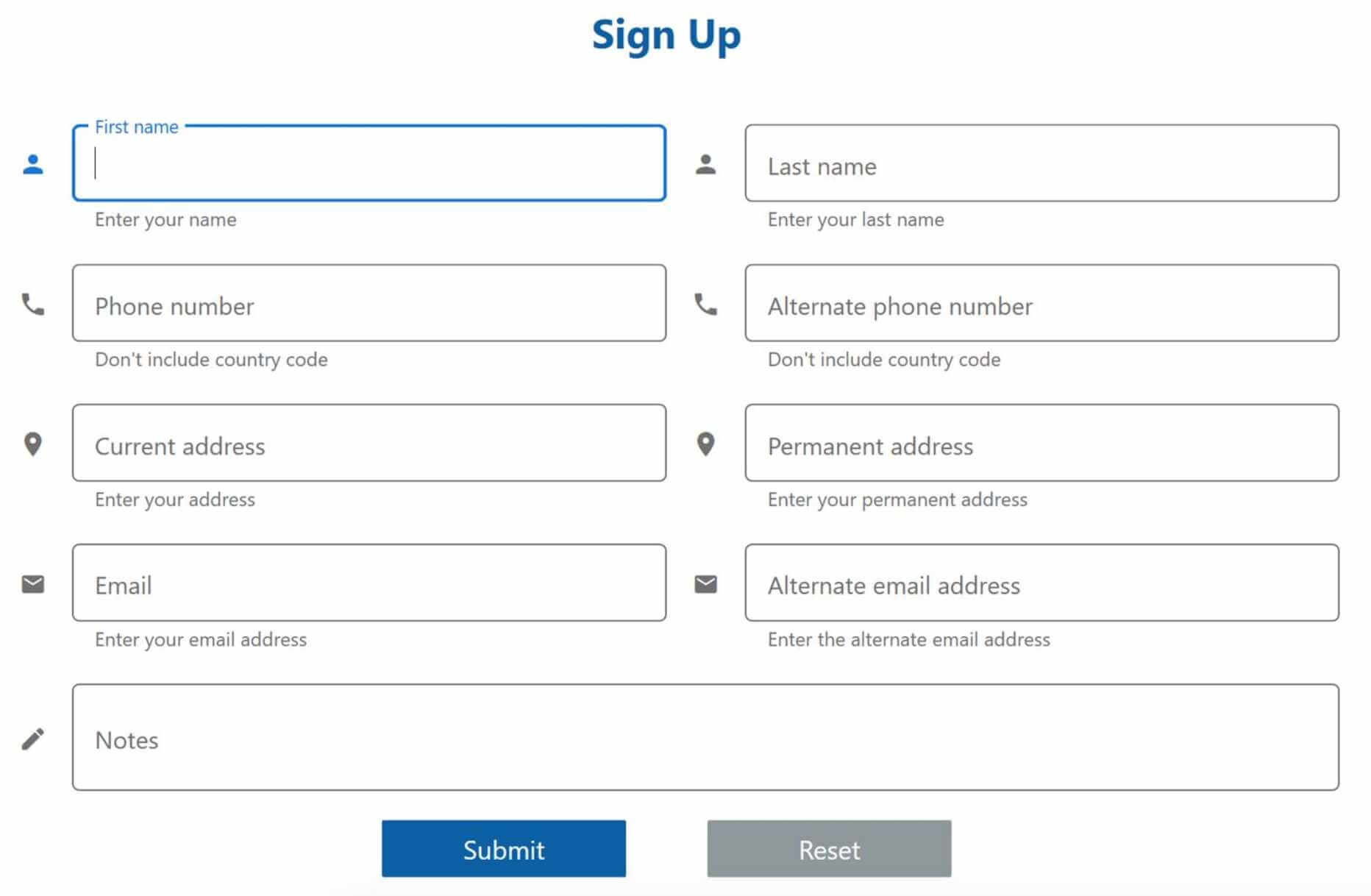
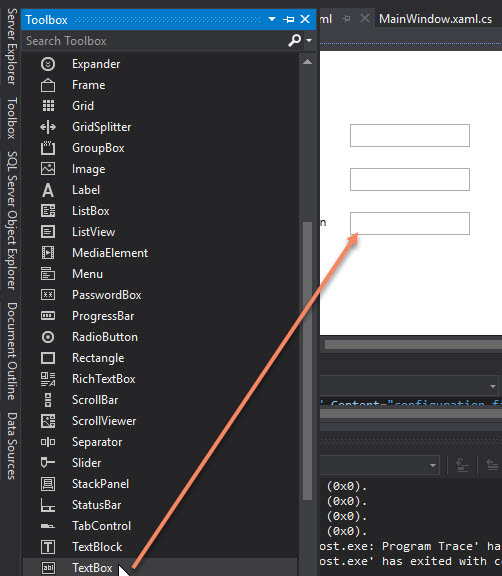


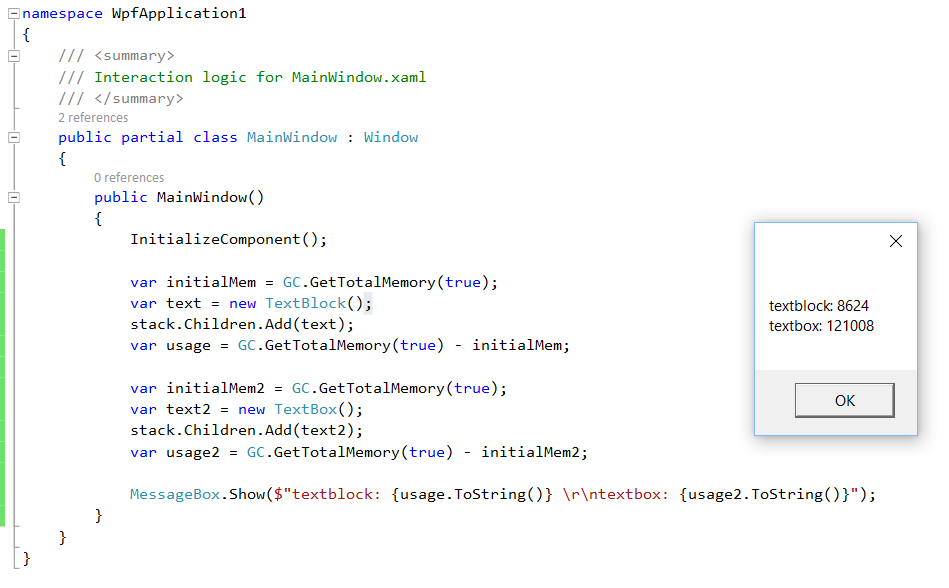




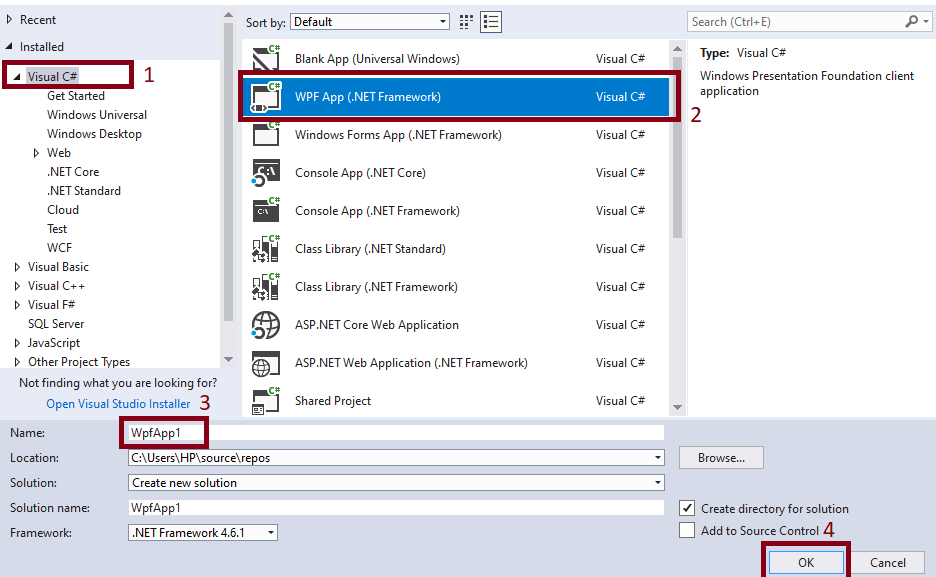
Post a Comment for "42 textblock vs label wpf"